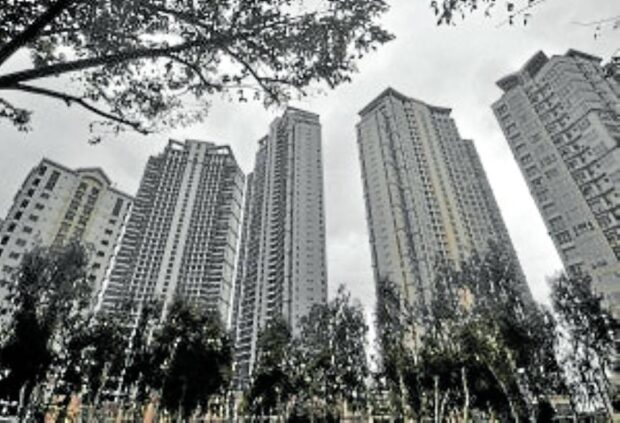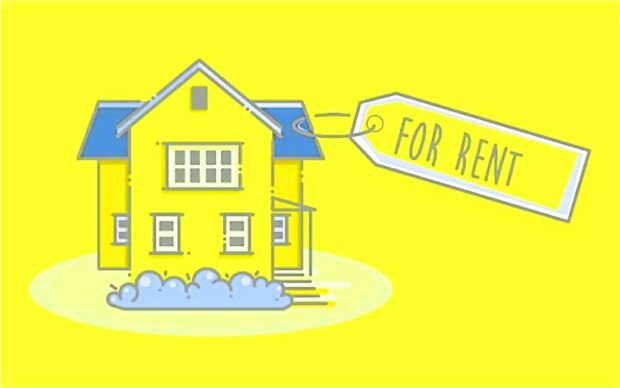The concept of renting has undergone significant transformation over the years. In the Philippines, traditional rental schemes often involve long-term leases, usually lasting at least a year. These long-term leases provide stability but need more flexibility.
The landscape has changed dramatically with the advent of digital platforms that facilitate short-term rentals. These platforms have disrupted traditional renting and introduced a new way of experiencing travel and generating income.
The rise of short-term rentals
Short-term rentals have gained immense popularity in recent years, especially among millennials who value experience over ownership. Digital platforms like Airbnb have played a pivotal role in this trend. These platforms offer a user-friendly interface where travelers can browse through various lodging options, from single rooms to entire homes. For property owners, these platforms provide an opportunity to generate income from unused spaces, thereby turning idle assets into profitable ventures.
Advantages for travelers
For travelers, short-term rentals offer numerous benefits. Unlike traditional hotels that offer a generic experience, short-term rentals provide a more personalized and home-like atmosphere. This setup is particularly beneficial for those traveling in large groups or with family, as these rentals often come equipped with kitchens, multiple bedrooms, and other amenities that make for a comfortable stay. The cost-effectiveness of renting an entire home for a group often outweighs the cost of booking multiple hotel rooms, making it a financially savvy choice.
The dark side
While short-term rentals have numerous advantages, they come with challenges, particularly for local communities. One of the most significant issues is tenant expulsion. Landlords, enticed by higher profits from short-term rentals, often evict long-term tenants. This practice disrupts the lives of these tenants and contributes to a housing shortage, making it difficult for locals to find affordable long-term rental options.
Market trends and statistics
The short-term rental market has seen exponential growth globally and in the Philippines. This growth has led to a shift from long-term to short-term rentals, affecting the availability of long-term housing. While this shift has been profitable for property owners, it has strained the housing supply, increased rental prices and made it challenging for long-term renters to find affordable housing.
Neighborhood gentrification
The surge in short-term rentals has also led to the gentrification of neighborhoods. As more homeowners list properties on these platforms, the overall value of the neighborhood increases. While this may seem like a positive development, it often increases property prices and rents, making it unaffordable for long-term residents. This gentrification pushes out locals and changes the neighborhood’s character, often making it more touristy and less authentic.
Is the short-term rental market sustainable?
The rise of short-term rentals presents a complex scenario with pros and cons. On one hand, they offer financial benefits to property owners and provide a more flexible accommodation option for travelers. On the other hand, they pose challenges to local communities, such as tenant expulsions and neighborhood gentrification. Balanced regulatory measures can be crucial in ensuring a sustainable rental ecosystem.
The author (www.ianfulgar.com) is a leading architect with an impressive portfolio of local and international clients. His team elevates hotels and resorts, condominiums, residences, and commercial and mixed-use township development projects. His innovative, cutting-edge design and business solutions have garnered industry recognition, making him the go-to expert for clients seeking to transform their real estate ventures




